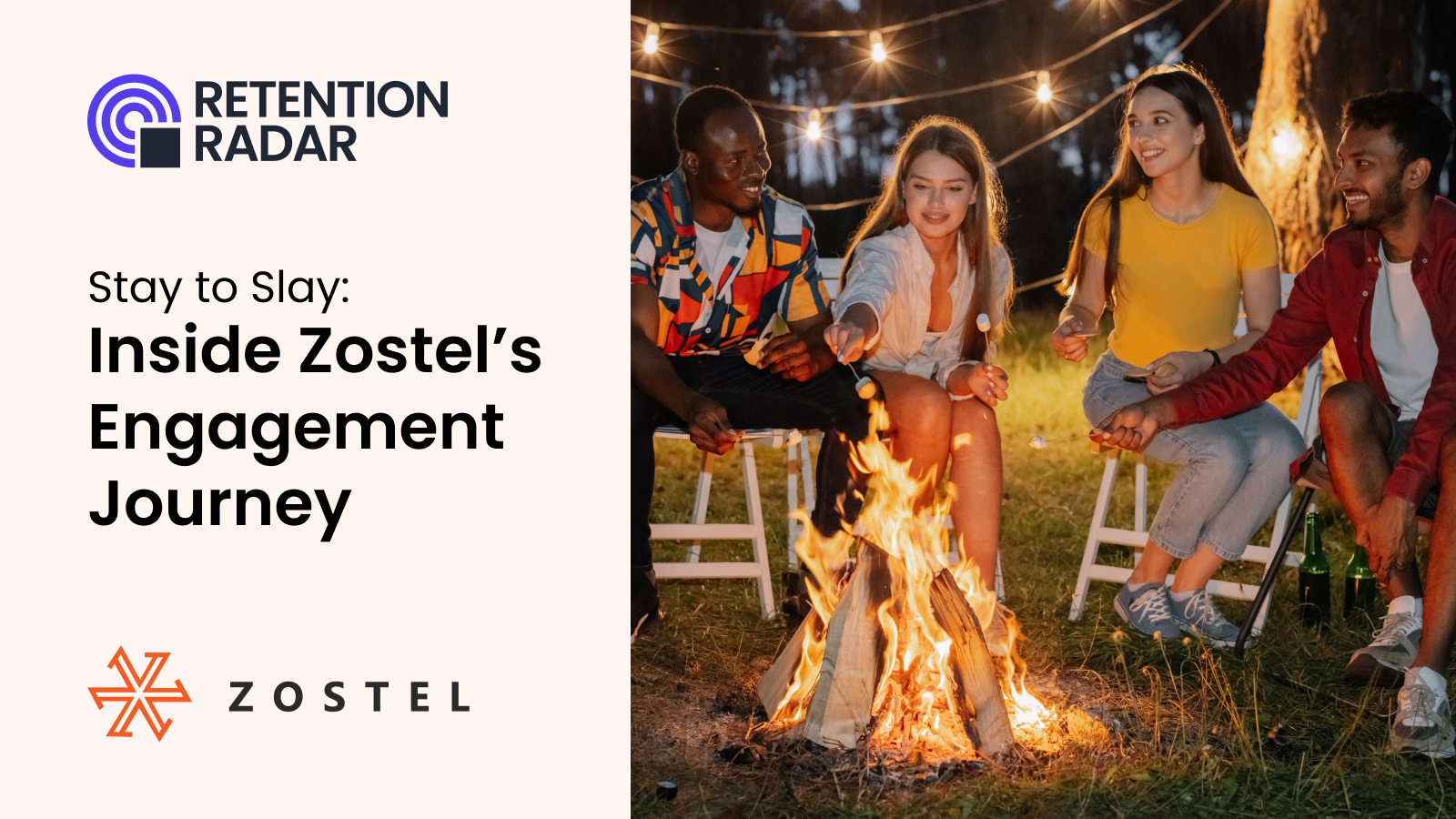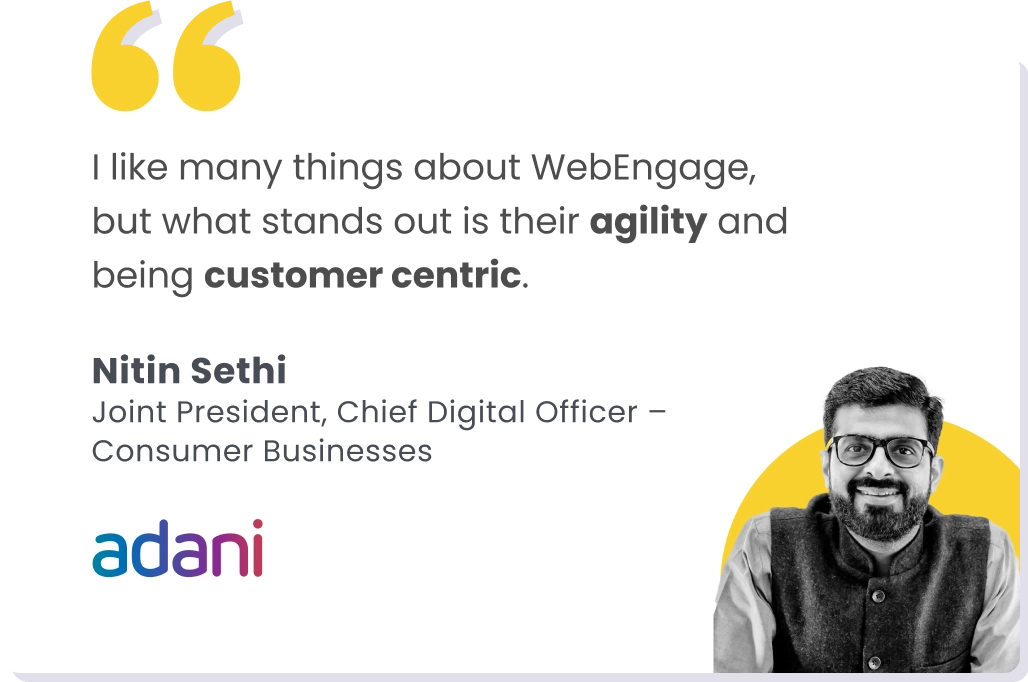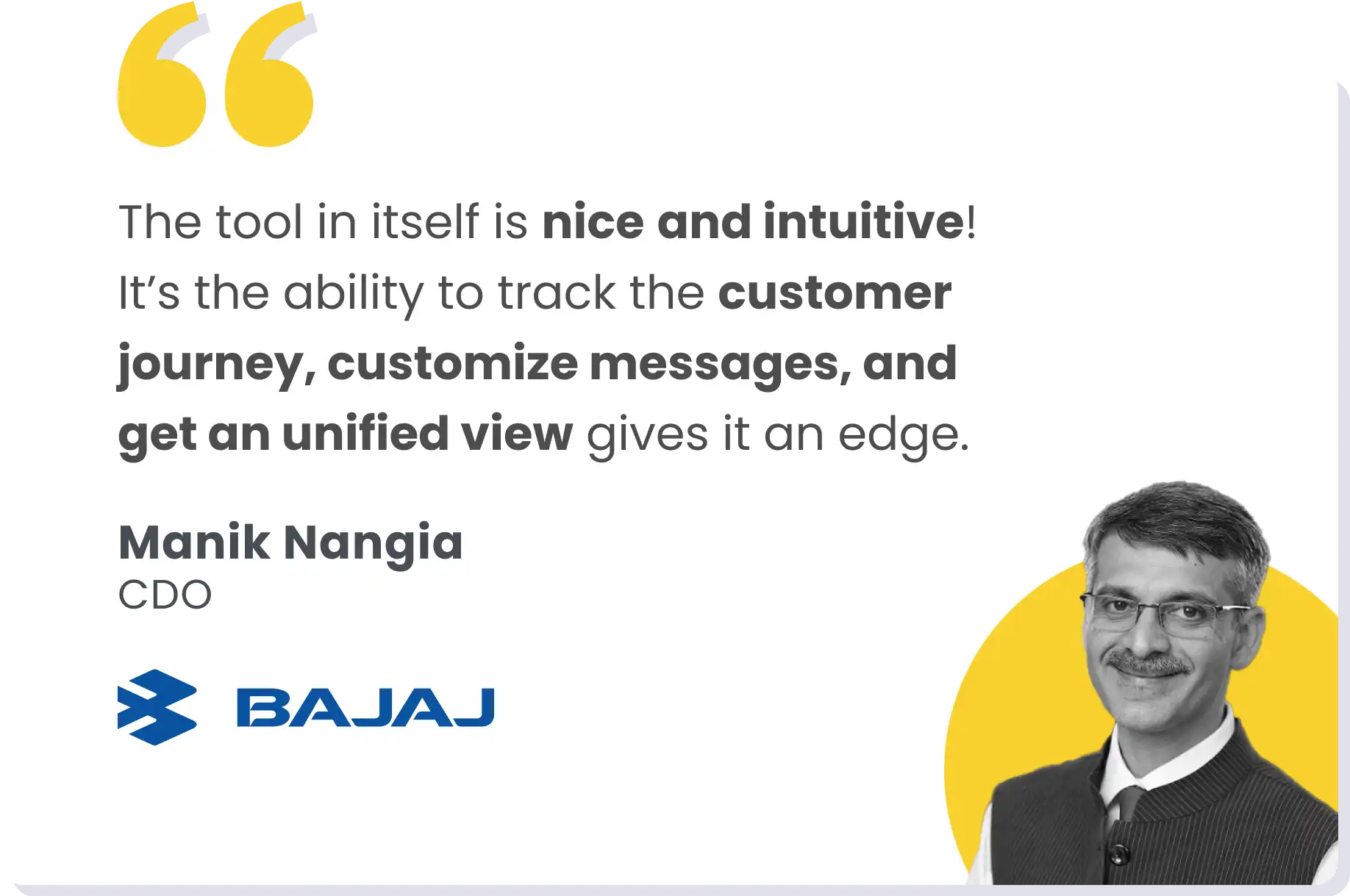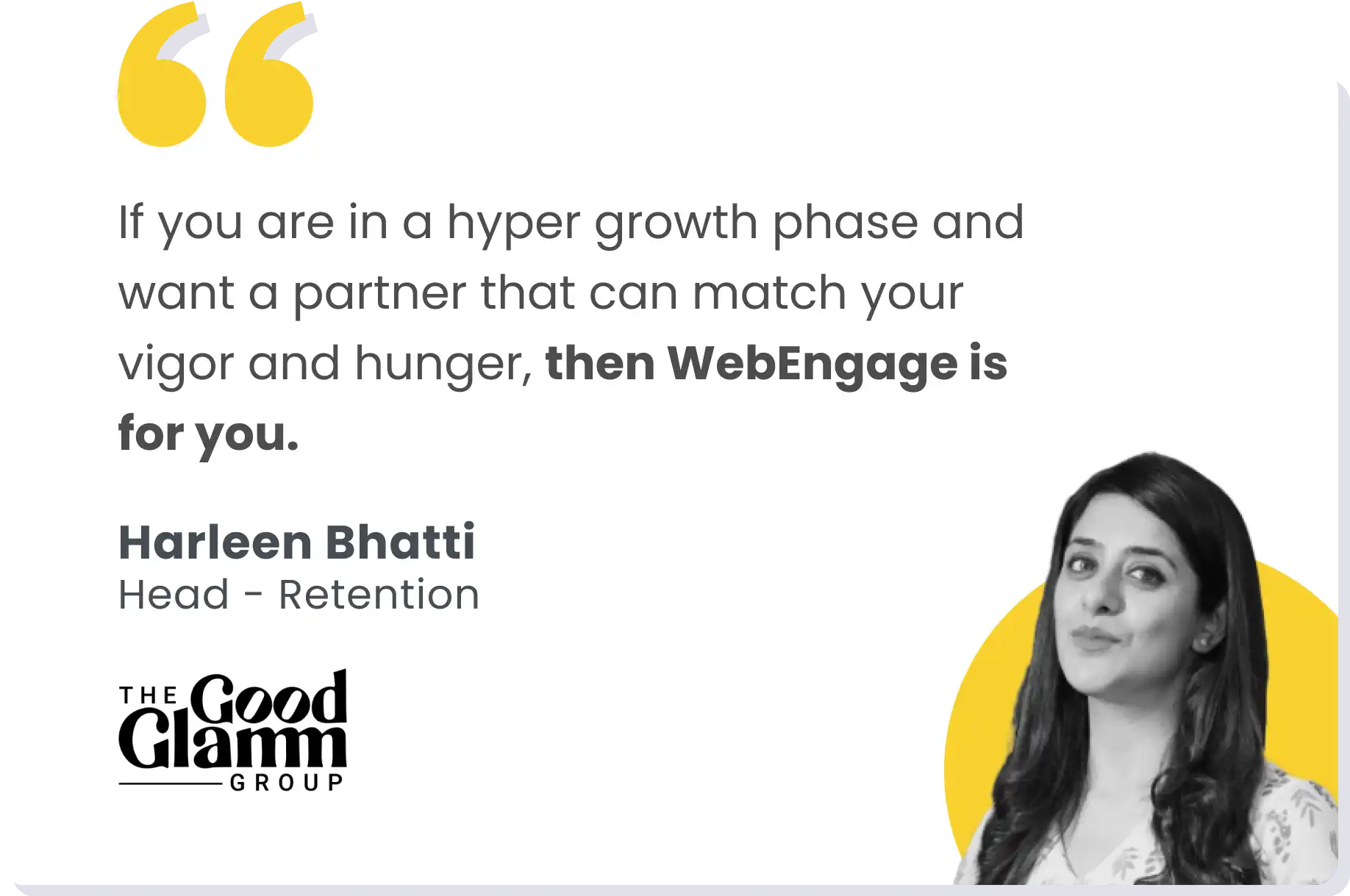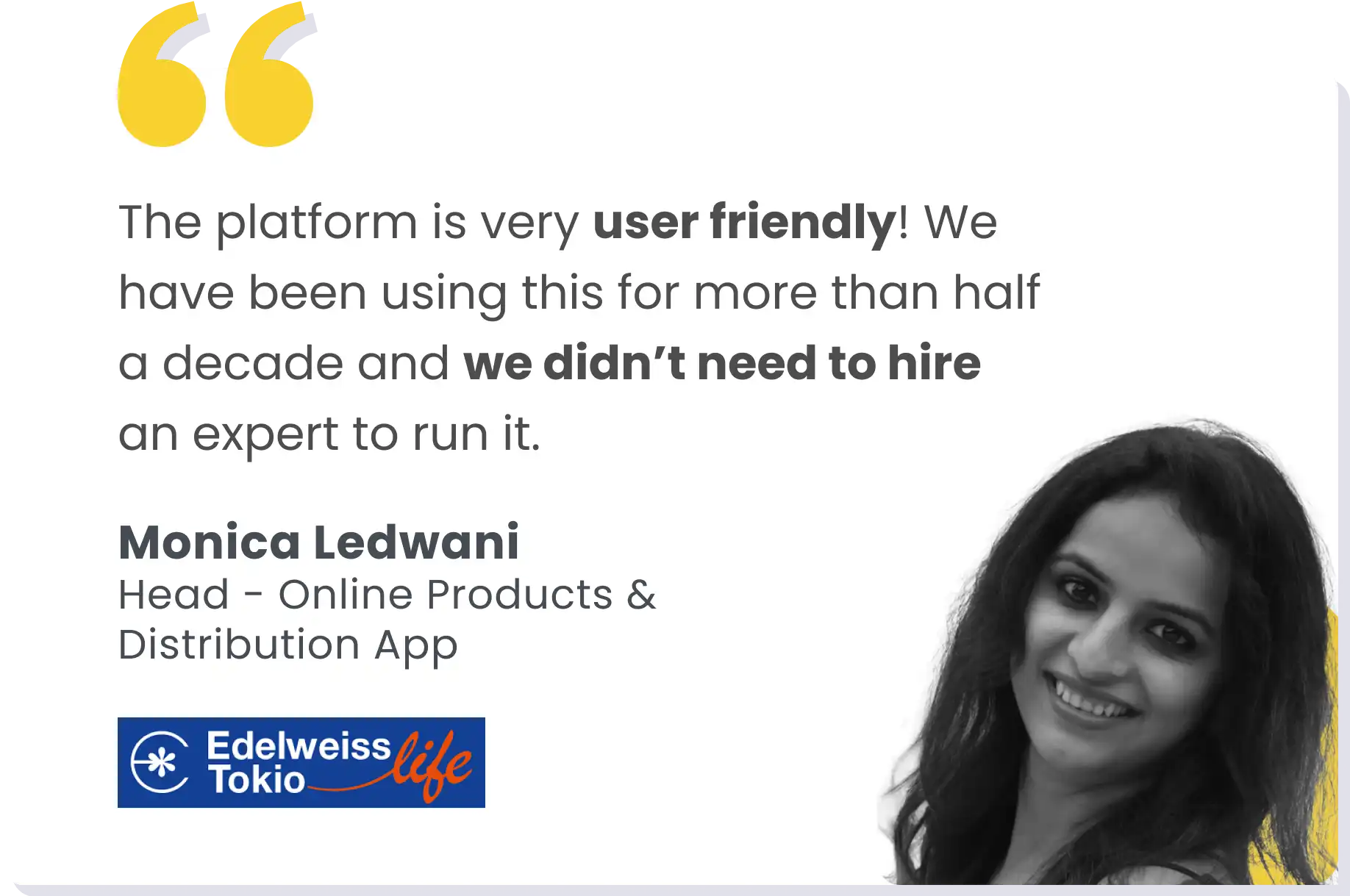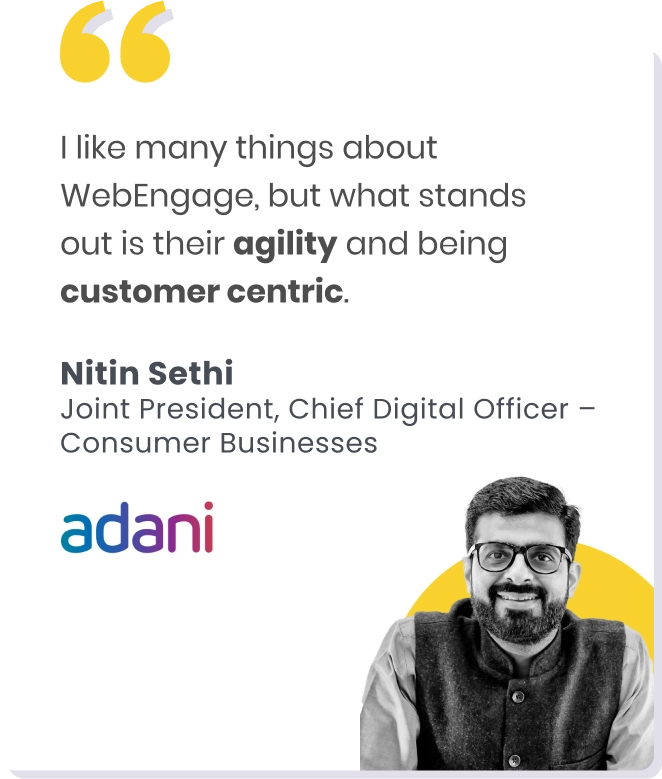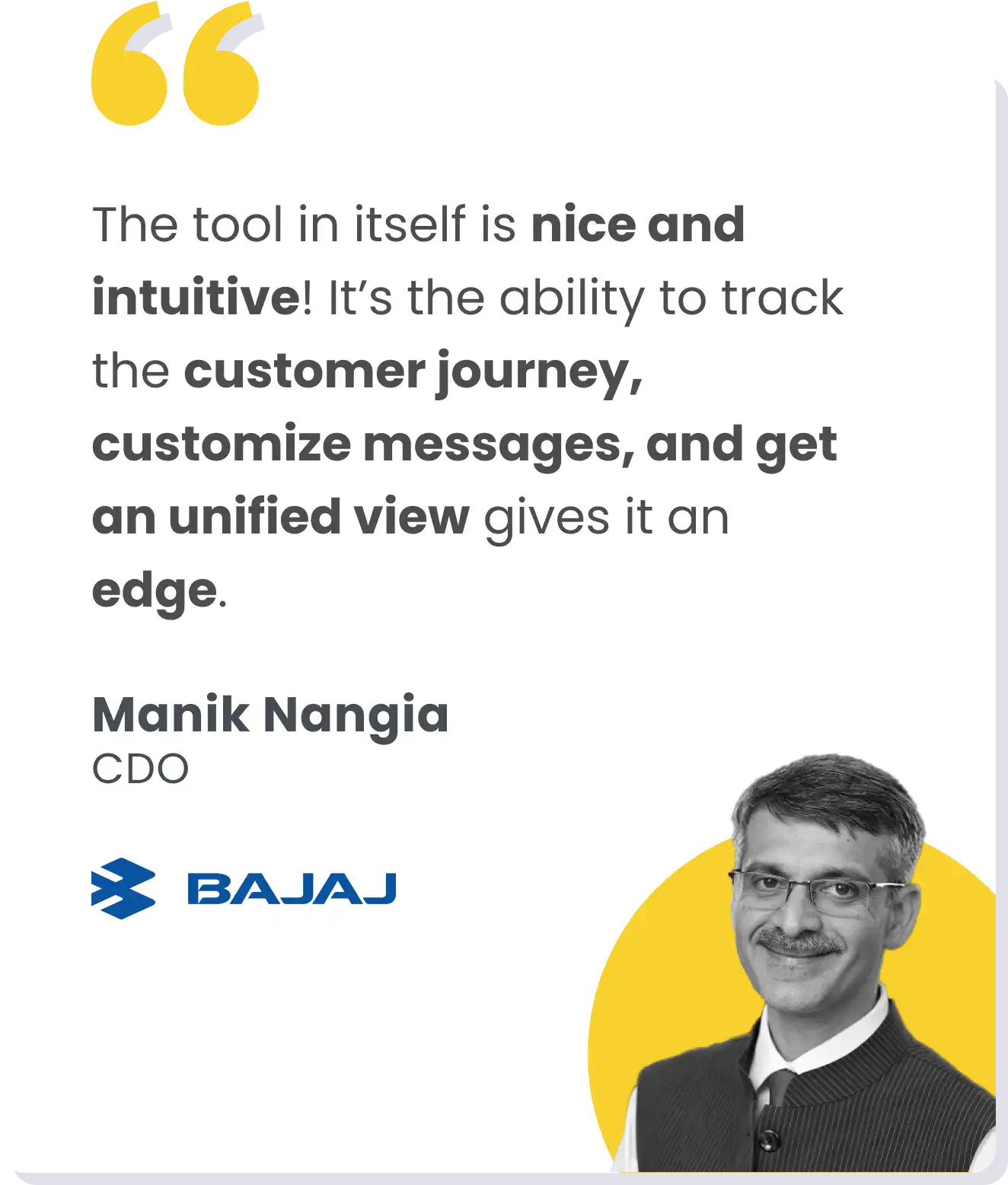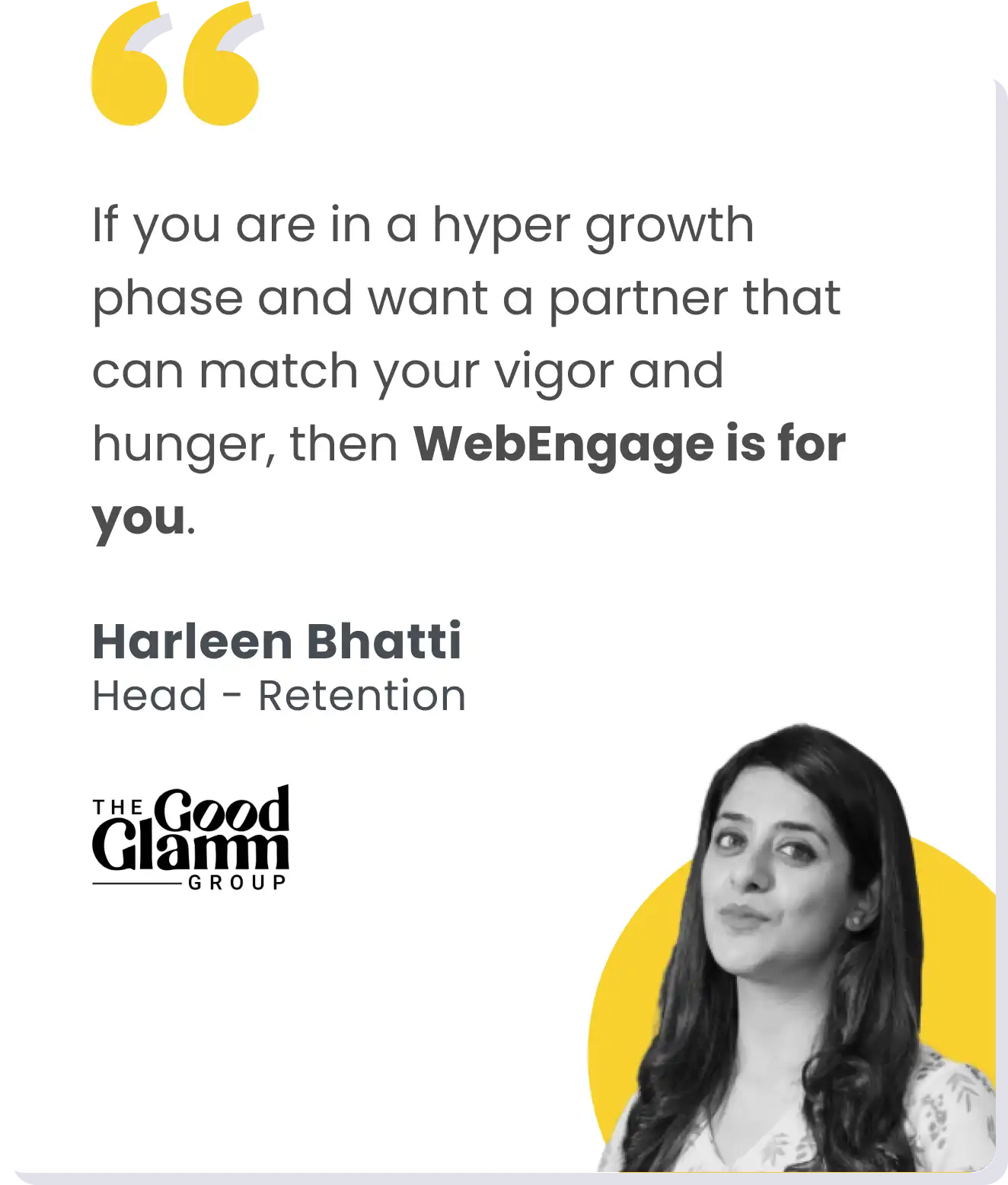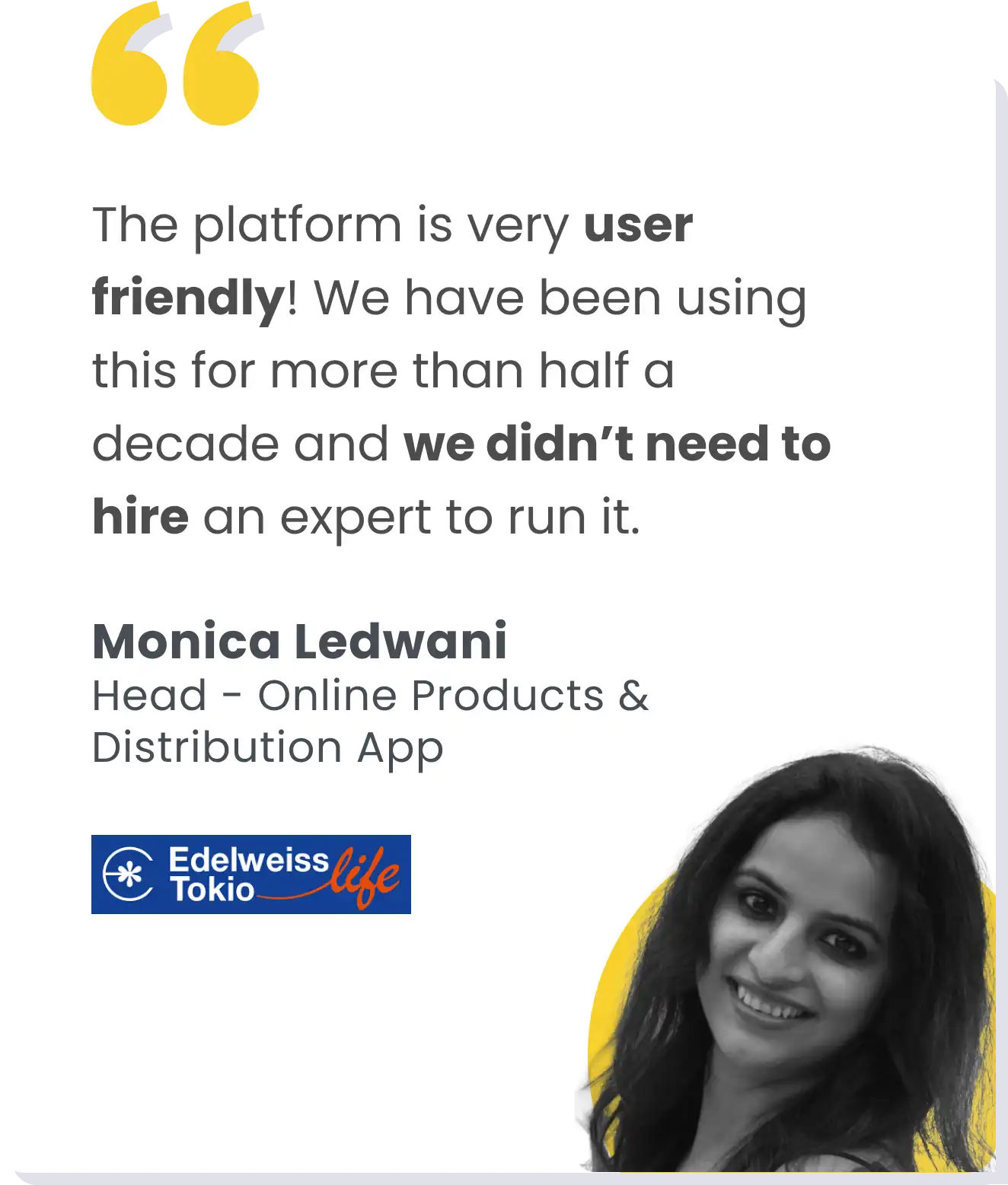Welcome to Retention Radar by WebEngage.
If you’re landing here for the first time, let me introduce you to Retention Radar.
This is our honest attempt to explore real-world customer engagement tactics top consumer brands use across the user lifecycle.
We dive deep into the brand and bring rich insights that are changing the face of customer engagement and retention.
Why do we do that?
To identify actionable insights into how brands can improve conversions and customer experiences. Marketers will find inspiration, new learning opportunities, and ways to elevate their strategies through each report.
Today, we’re doing an in-depth analysis of one of the most loved brands by GenZs — Zostel.
Let’s dive in.
About Zostel:
- Zostel is one of India’s largest hostel chains, with properties in more than 60 cities within and outside India.
- They are well known for their off-beat locations, experiential stays, and people-connecting trips.
- According to unverified sources, their annual revenue is ₹~50cr.
Stage 1: Pre-booking
Hits
The App Experience
Zostel has one of the best-designed mobile applications out there. It resonates with its target audience and is built to engage users with a conversational touch. If you’re a travel enthusiast, I highly recommend you try their app.
When we signed up on the app, the sign-up process was immersive and in-depth. They try to know how you think, what cultures you like, and then they use this information to create your personas. They then use this information to engage with users as the relationship develops.
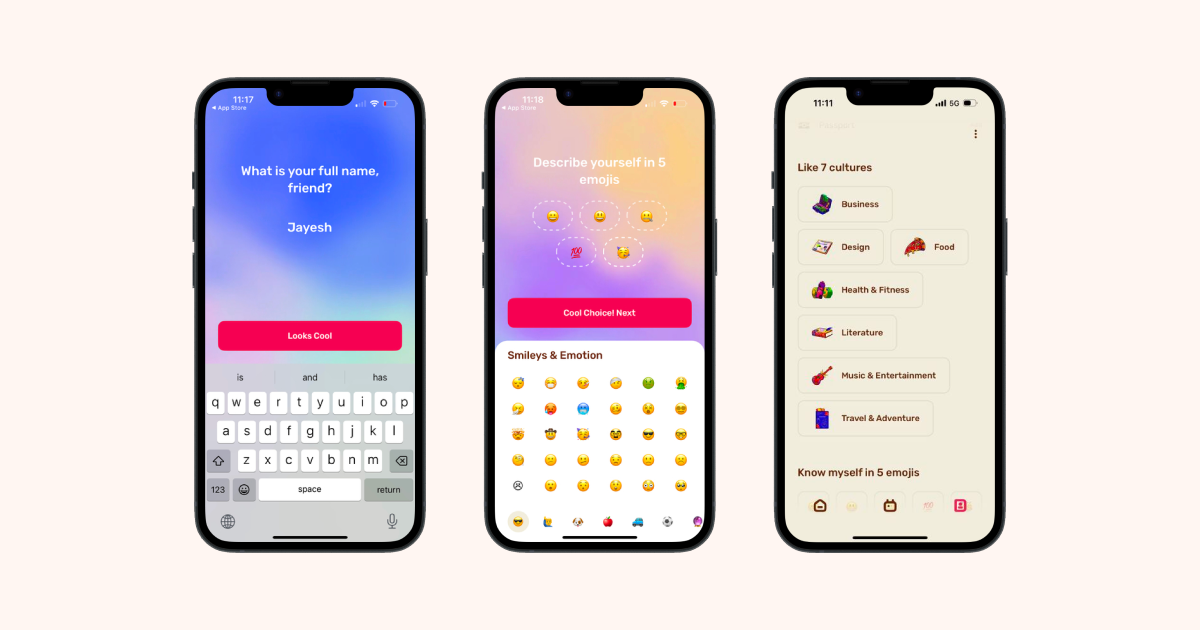
The newly launched section:
According to Zostel’s Chief Operating Officer, Deep Banka, the brand plans to open 25 new Zostels in the first half of the year—an impressive goal of four new properties every month!
This is a fantastic opportunity to excite their audience by promoting upcoming locations and inspiring more travel plans. Highlighting these new destinations could not only attract fresh footfall but also give loyal users more reasons to stay with Zostel.
Their “What’s New” section on the app and website is the perfect tool for this. It keeps users informed and engaged, ensuring they never miss out on the latest additions.
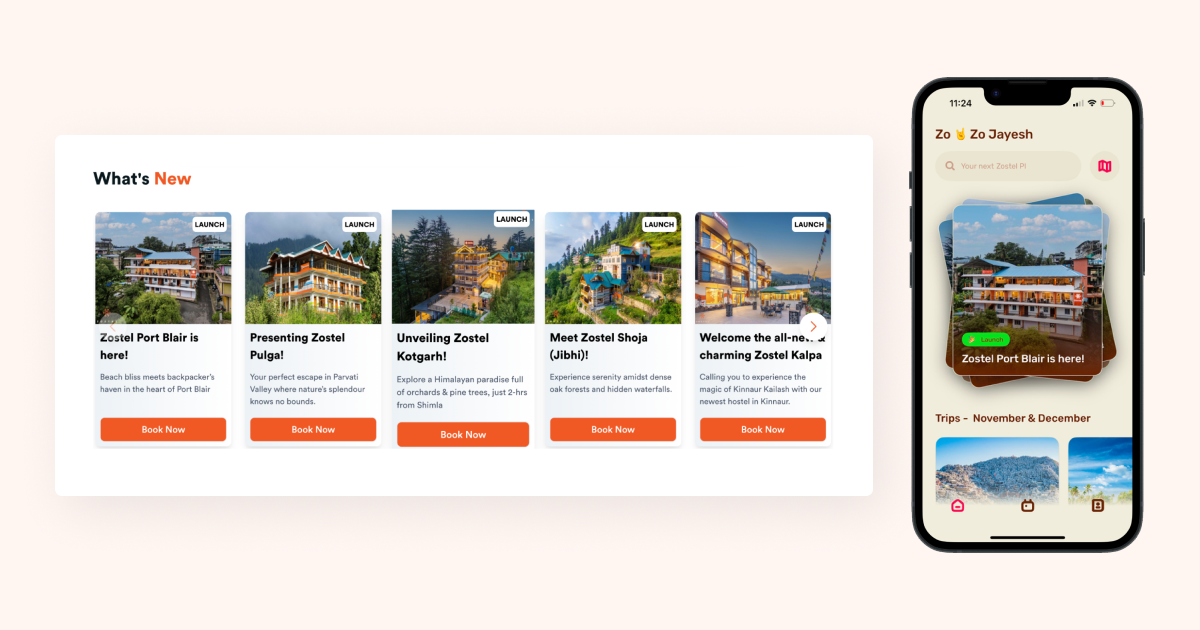
Misses:
1. Lack of intent to capture PII
Despite spending a significant amount of time exploring the app and website, I noticed Zostel didn’t actively engage with me as a user.
This is a missed opportunity, especially for a brand at this stage, where customer data is crucial for guiding users through the conversion funnel. By leveraging tools like overlays and push notifications, brands can interact with users, gauge their intent, and segment them effectively. Active engagement creates a dynamic user experience that drives nurturing and conversions.
What Zostel currently offers feels like a passive experience—one that could benefit from further development to unlock its full potential.
2. No Search Abandonment Workflows
The search abandonment rate in the travel industry is shockingly high—hovering around 85-87%. This means that for every 100 visitors to your website, 85 leave without making a booking.
Now, imagine implementing a search abandonment flow. As soon as a user hesitates to complete a booking, the brand steps in with irresistible offers to win them back. Even converting just 5% of these 85-87 users could yield four additional customers for every 100 visitors.
At Zostel’s scale, the potential is massive.
Let’s assume an Average Order Value (AOV) of ₹ 4,000. If Zostel converts 5,000 additional users in a month—just 2% of their estimated monthly traffic of 300,000—that’s an impressive ₹20 million (20,000,000) in additional revenue.
While Zostel’s exact AOV and traffic figures might vary, this estimate aligns well with their price range.
The real question is: Would Zostel choose to add these eight-figure revenues to its bottom line, or would competitors swoop in and take the prize?
Take inspiration from Clink Hostels and Hostel World, who have mastered search abandonment flows to re-engage users who drop off before booking. With strategies like these, Zostel can transform drop-offs into bookings and unlock untapped revenue.
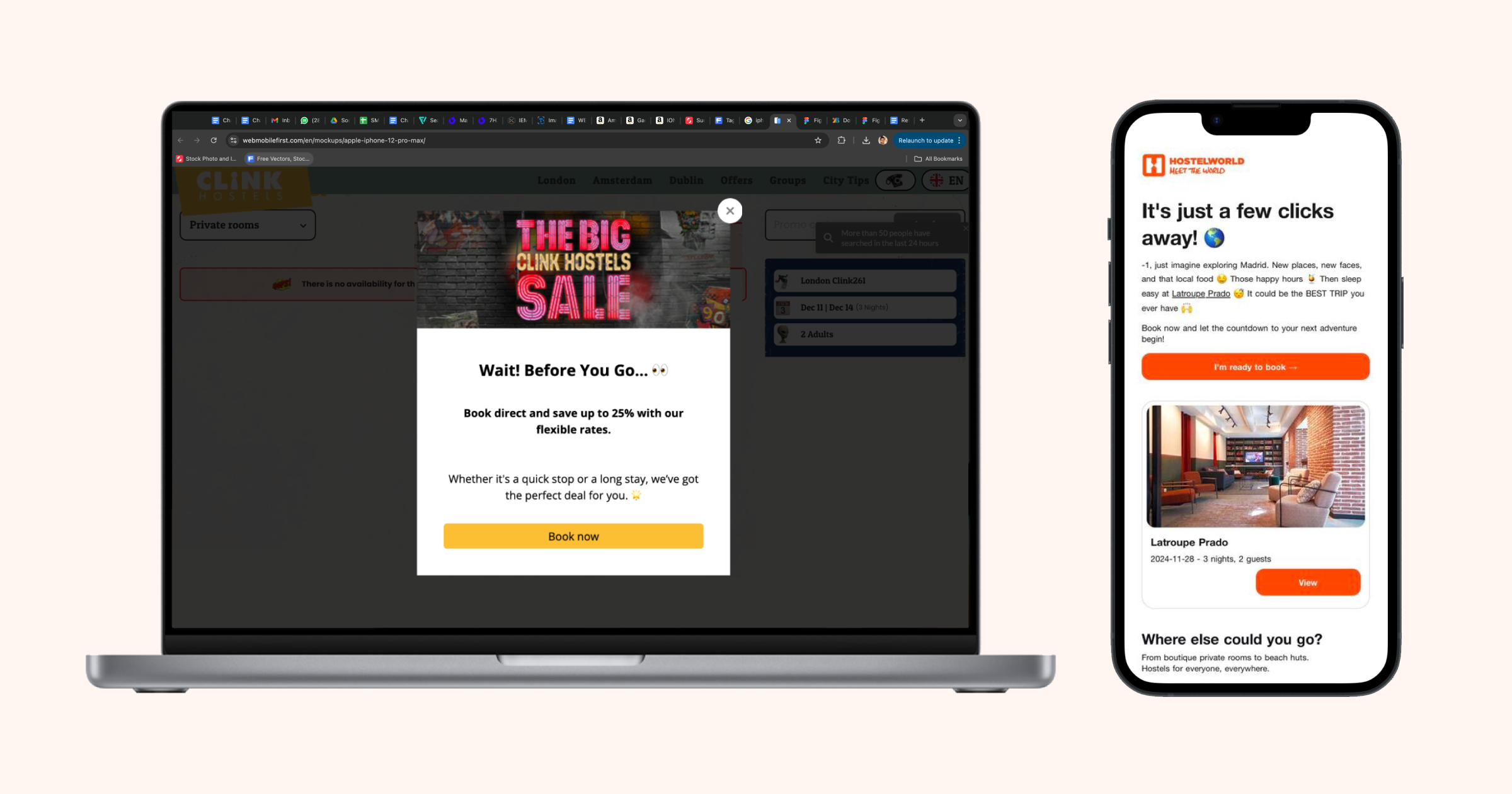
Stage 2: Booking
Hits
Booking Confirmations
Updating users when they make a booking is a necessary step, and Zostel does that with a pinch of creativity. They use email and WhatsApp to update users and share all relevant booking information.
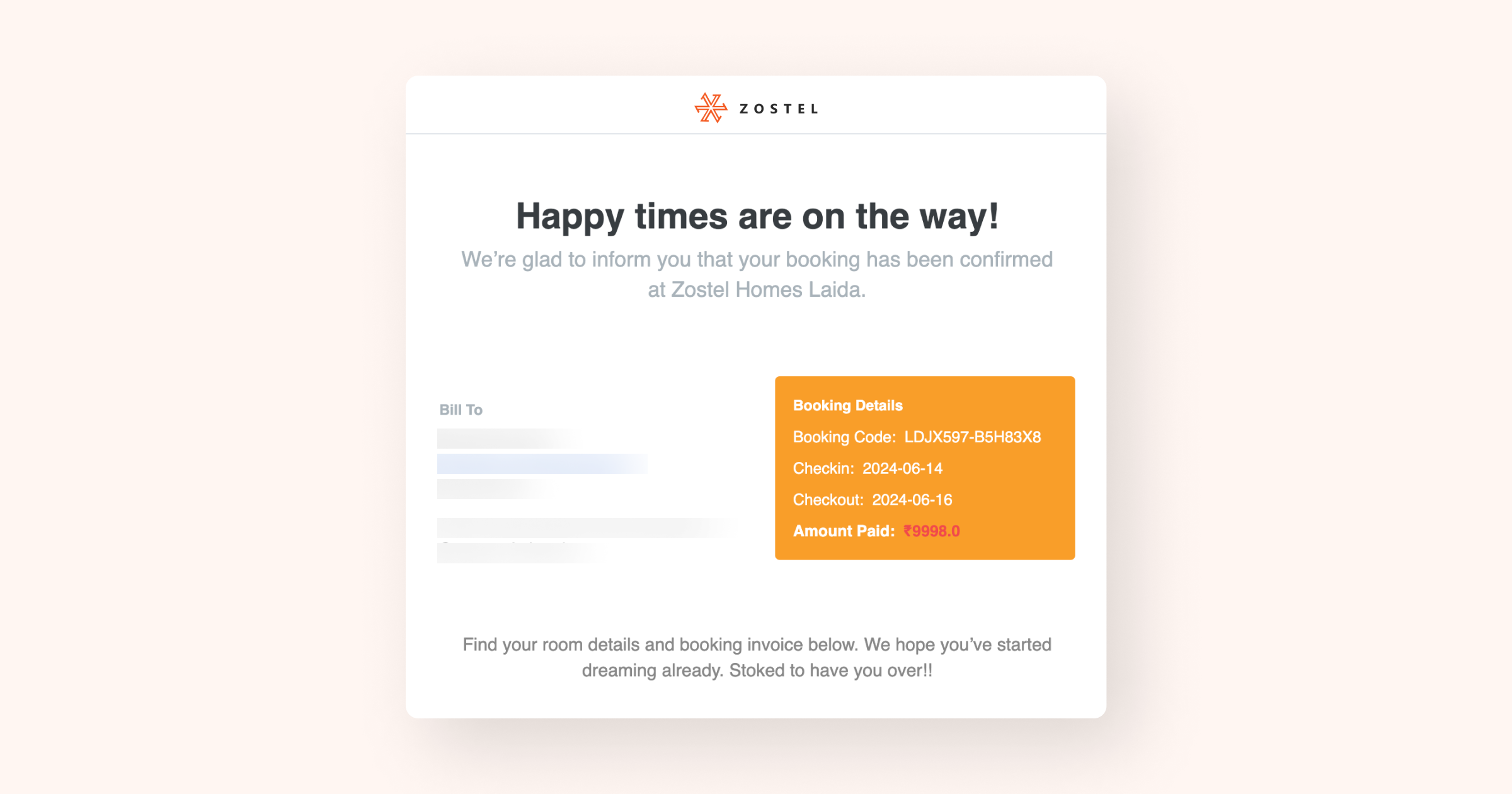
Misses
No upsell campaigns
For a brand like Zostel, renowned for its experiential stays, stopping the customer journey at ‘successful booking’ is a missed opportunity.
Imagine this: a group of travelers who booked a Zostel in Manali through the app receives a notification:
“Hey, heading to Manali? Don’t miss the Hamta Pass trek at just ₹6,999 per person!”
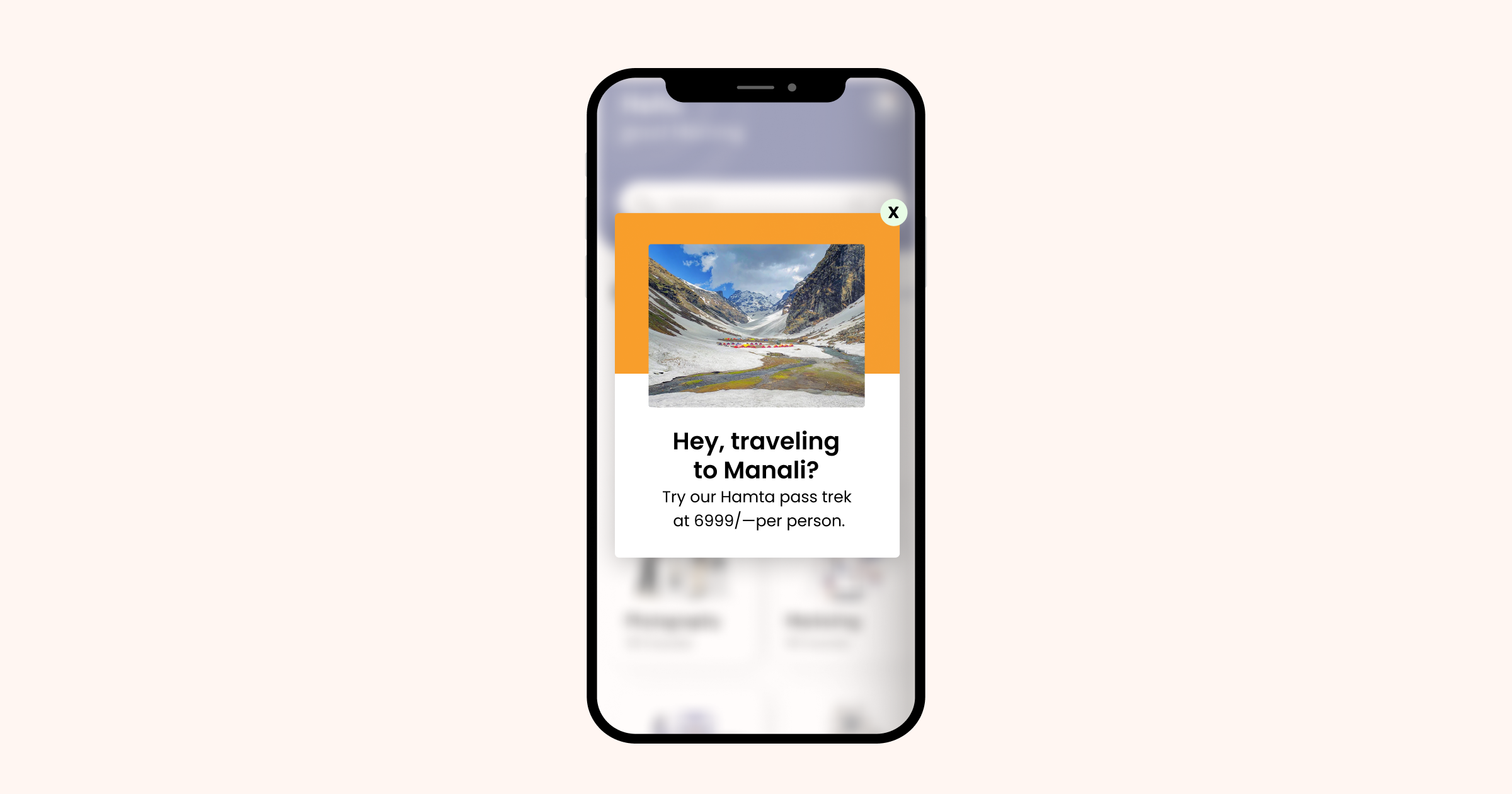
A suggestion like this is bound to catch their attention. If it feels valuable, they might not just engage—they might upgrade.
Another powerful use case is booking upsells.
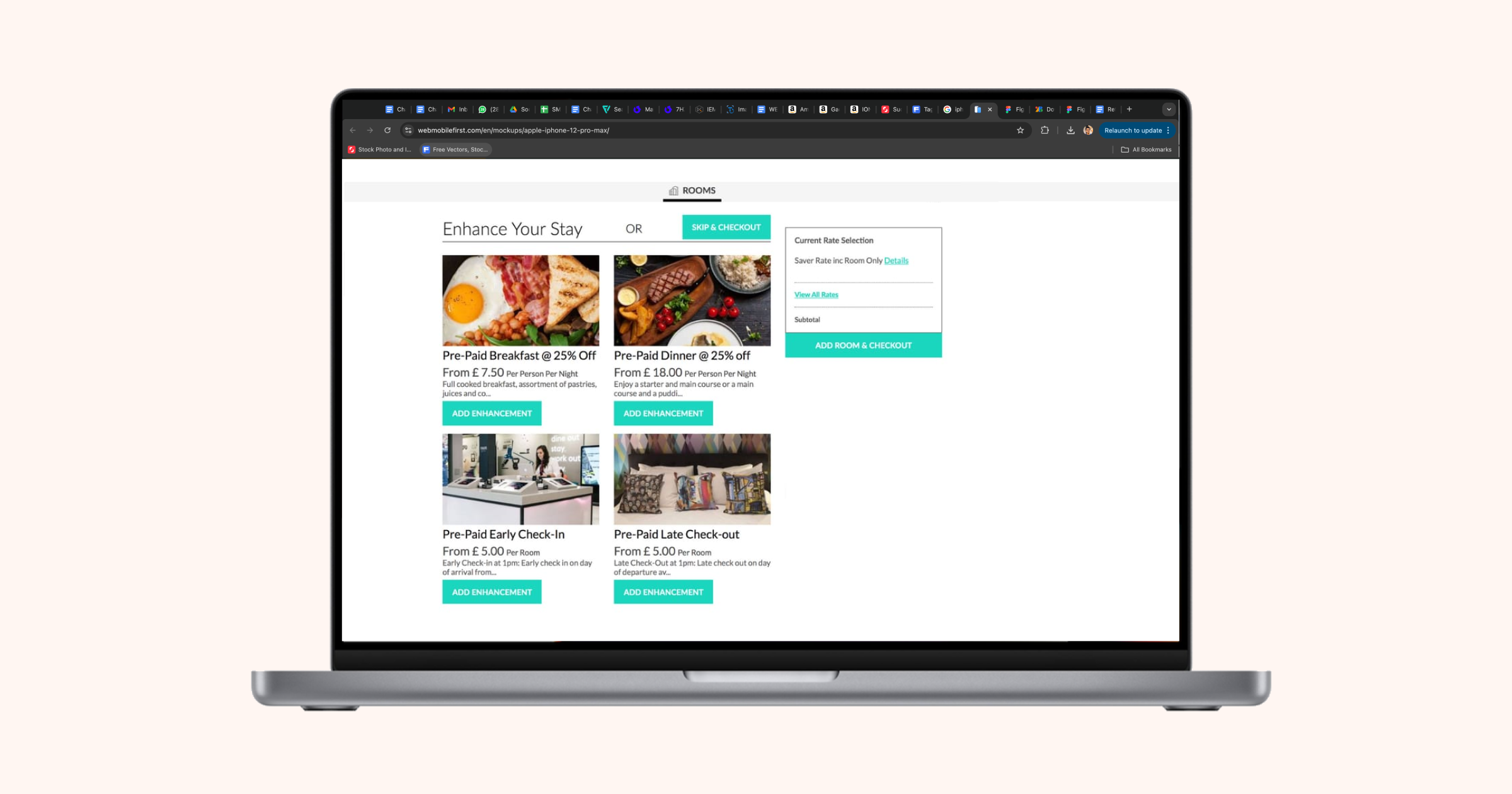
Picture this: someone who booked ZO Plus in Wayanad gets a notification:
“Upgrade to ZO Homes, our luxury option perfect for families, for just ₹2,000 more!”
With the promise of more comfort and better amenities, such an offer becomes hard to resist.
Studies show that personalized recommendations can boost conversion rates by a staggering 300-320%. That’s a significant revenue boost—and money that shouldn’t be left on the table.
Global competitors like Hostel World are already leveraging this in their communication. For instance, here’s an example of their post-booking email:
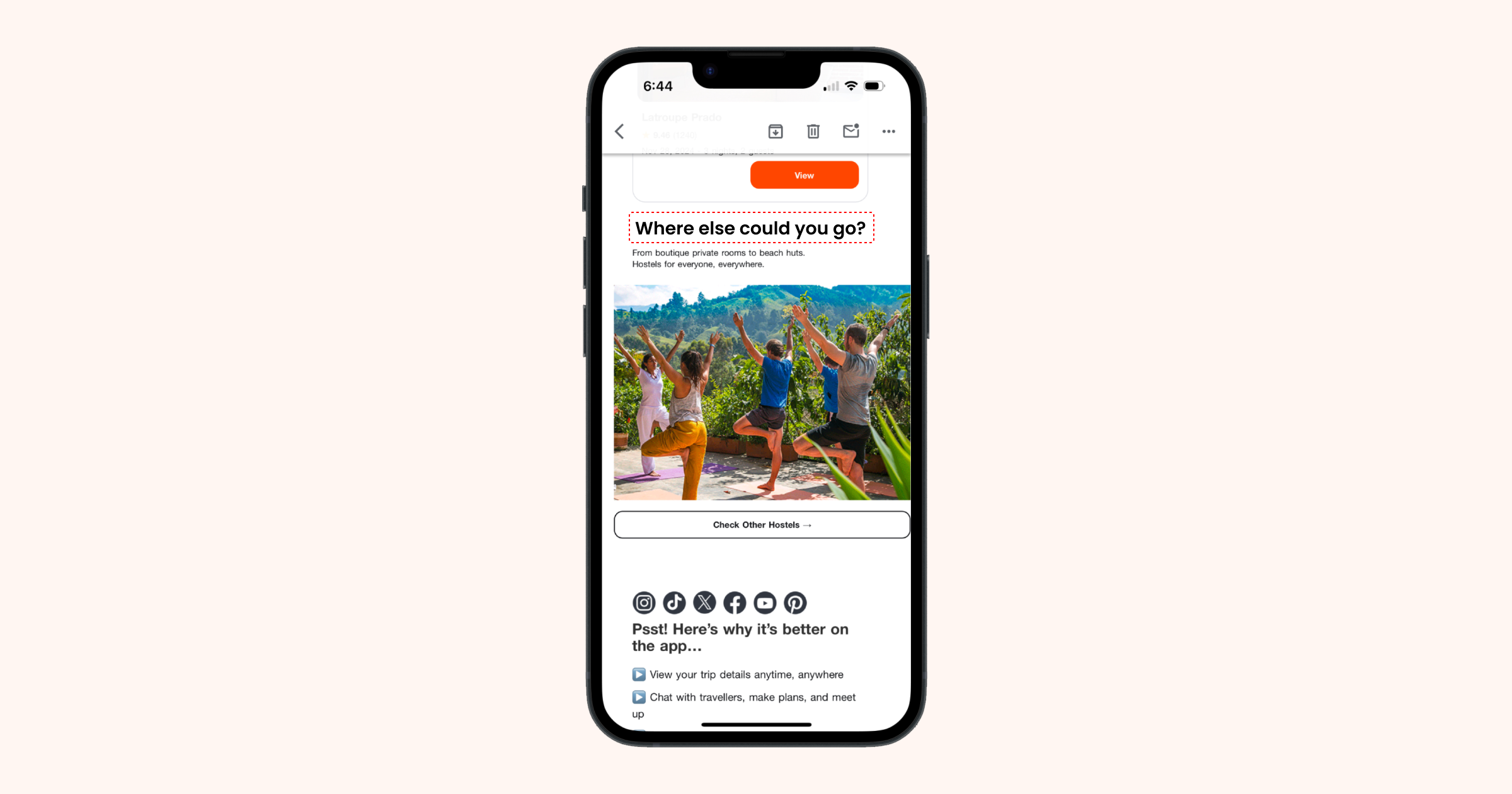
Stage 3: Post-purchase
Hits
Feedback Campaigns
Once your stay with Zostel is complete, don’t hesitate to share your feedback. They are highly proactive in seeking feedback, one of the most critical practices for an experiential brand. And they are nailing it!
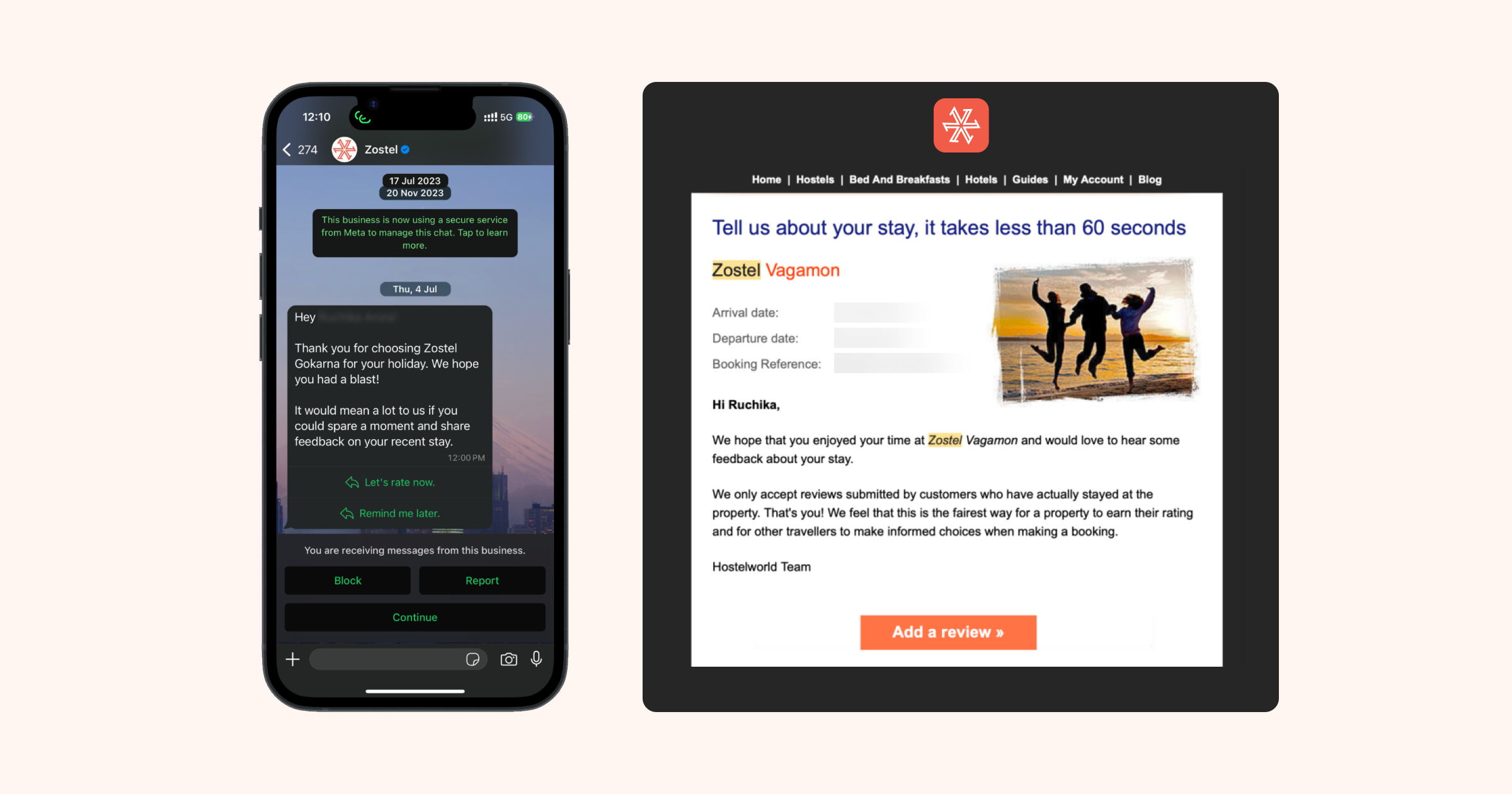
Misses:
No Engagement Campaigns
Post-booking is the perfect stage for a brand to focus on building a retention strategy—but surprisingly, Zostel hasn’t implemented one yet.
Here are a couple of ideas Zostel could explore to better engage customers post-purchase:
1. Promoting new property launches
During the pre-booking stage, we highlighted the ‘What’s New’ section on their website. Now imagine enhancing this with a WhatsApp campaign targeted at frequent travelers.
A quick update about newly launched Zostel properties could keep loyal customers informed, strengthen connections, and foster long-term relationships.
2. Recommend Tour Packages
Have you checked out ZO Trips by Zostel? These 7-8-day curated travel experiences take you to offbeat locations, complete with travel, food, and accommodation. Plus, you get to explore with like-minded, vibrant travelers—a vacation done right!
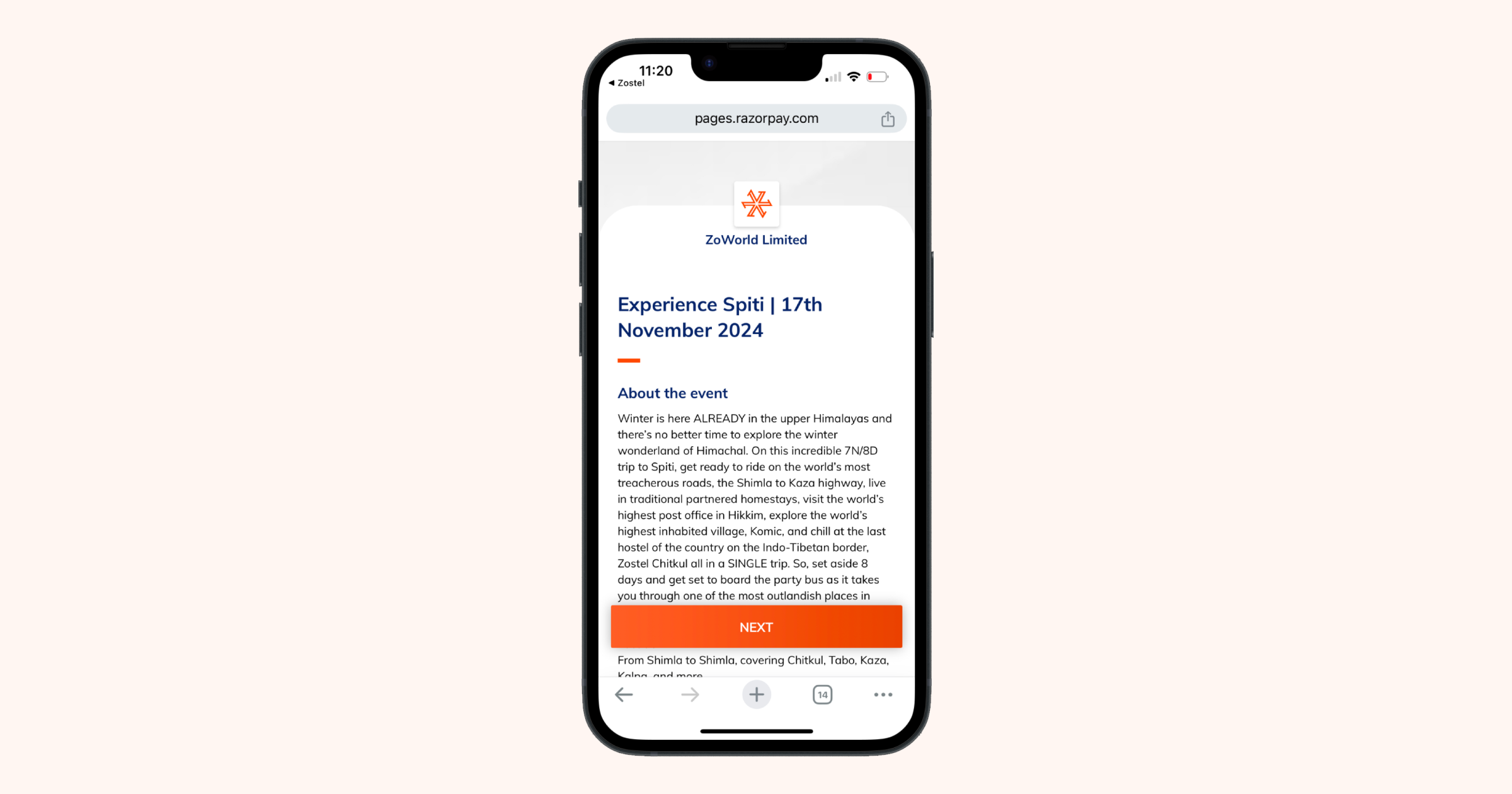
But as good as their trips are, I haven’t seen them market it even a little.
I am not sure if they promote to people who have booked ZO trips before or not, but even for other users, it’s a fantastic opportunity to create interest and spark curiosity.
I don’t know a single millennial who has watched ‘Ye Jawani hai Deewani’ and hasn’t dreamt of taking mountain trips with unknown people. 🙂
Jokes apart, it is a miss.
Here is how they could have promoted ZO trips:
Campaigns based on user personas once a user signed up:
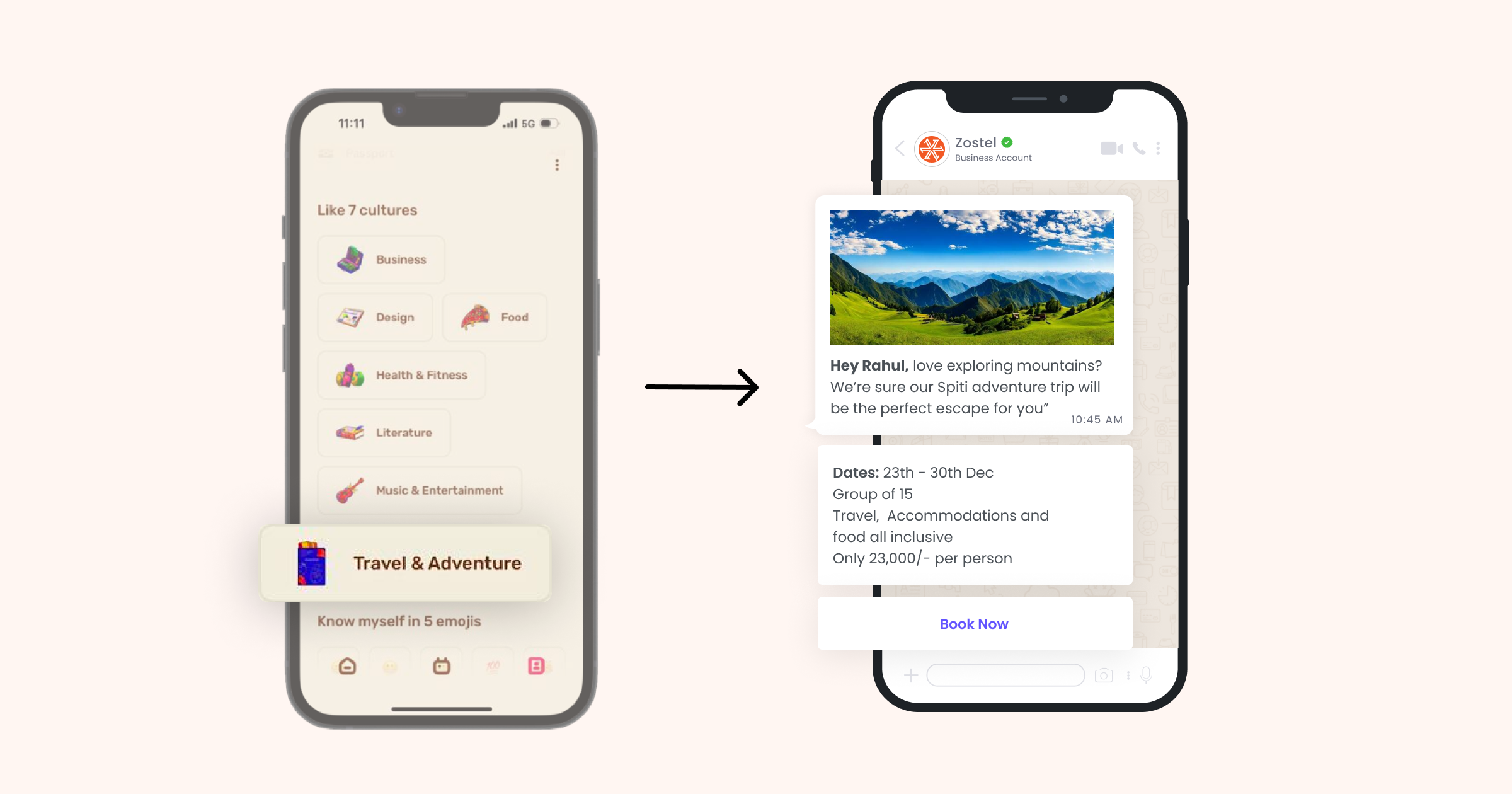
Campaigns based on past bookings:
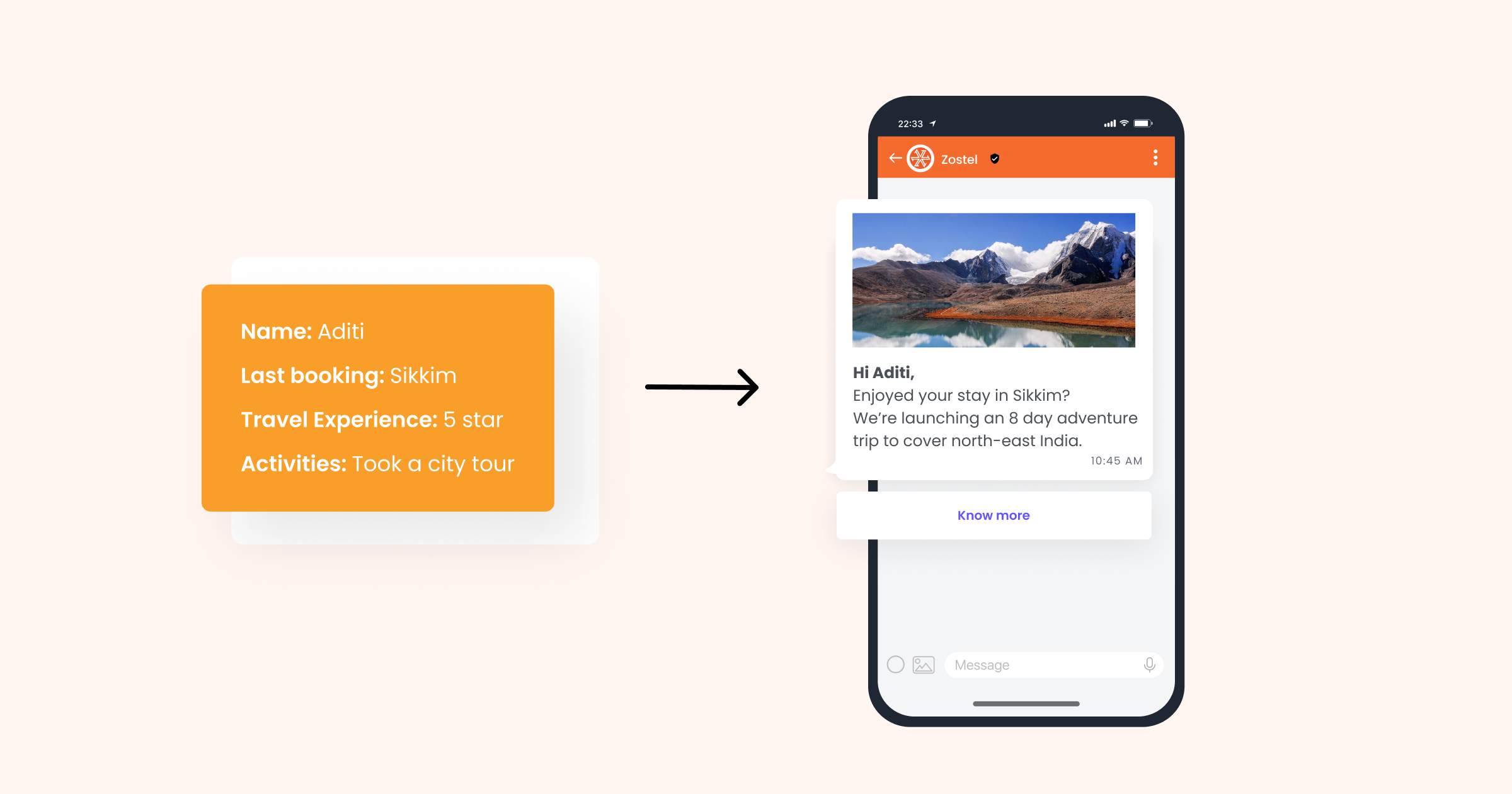
Conclusion
Zostel is a successful and highly loved brand in the travel industry. It leads the way in India and is on the path to becoming a global leader.
However, as the industry grows, more players enter the market, making it essential for Zostel to focus on building top-of-mind recall and staying consistently connected with its customers.
By doing so, they will unlock opportunities to boost conversions and enhance their Customer Lifetime Value (CLTV).
Investing in customer engagement and retention campaigns is no longer optional—to stay ahead of market, competition and evolving customer expectations, brands need a strong customer engagement model.
Loved the blog? Write to jayesh.mathur@webengage.com if you want me to decode the customer engagement tactics of brands you love.


